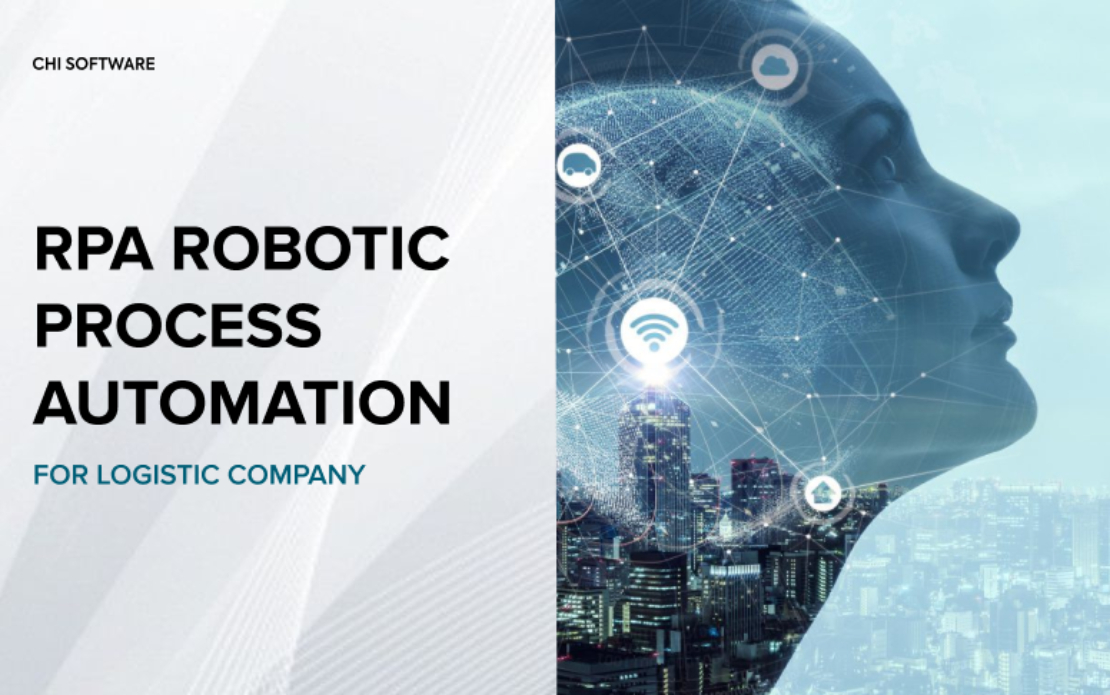Jun 23, 2022
No image

Service categories
Service Lines
Artificial Intelligence
Software Development
Domain focus
Other
Transportation & Logistics
Programming language
Python
Frameworks
Angular.js
Challenge
The client’s company is spreading its distributed network of contractors to the USA, Mexico, and European countries and needs a customized RPA solution to process a lot of logistics documentation.
Every set of docs usually has from 10 up to 25 documents in different formats and languages. The customer company had a huge human staff to process these documents manually. In 2020, when the pandemic started, it became a necessity to reduce human staff to reasonable numbers and cut business costs with the help of RPA process automation.
The customer was interested in custom RPA solutions to handle high-volume, repetitive and time-consuming tasks with documents and emails that required a large human staff.
The client’s company is spreading its distributed network of contractors to the USA, Mexico, and European countries and needs a customized RPA solution to process a lot of logistics documentation.
Every set of docs usually has from 10 up to 25 documents in different formats and languages. The customer company had a huge human staff to process these documents manually. In 2020, when the pandemic started, it became a necessity to reduce human staff to reasonable numbers and cut business costs with the help of RPA process automation.
The customer was interested in custom RPA solutions to handle high-volume, repetitive and time-consuming tasks with documents and emails that required a large human staff.
Solution
CHI Software delivered an RPA solution based on Machine Learning, Natural language processing, Computer Vision, and Optical Character Recognition. This solution replaces manual human labor in the general workflow.
The RPA process automation system allows to receive separate incoming logistics documents, upload one-page documents as scanned images, determine their type by checking the established set, extract text from predefined page fields, detect the signatures (if they are provided), recognize the QR codes, and compare data entered earlier in their system. In this case the system returns them with request/response, through the API.
This RPA robotic process automation solution also allows you to expand existing data.
CHI Software delivered an RPA solution based on Machine Learning, Natural language processing, Computer Vision, and Optical Character Recognition. This solution replaces manual human labor in the general workflow.
The RPA process automation system allows to receive separate incoming logistics documents, upload one-page documents as scanned images, determine their type by checking the established set, extract text from predefined page fields, detect the signatures (if they are provided), recognize the QR codes, and compare data entered earlier in their system. In this case the system returns them with request/response, through the API.
This RPA robotic process automation solution also allows you to expand existing data.
Results
► We are currently working on an MVP development of the custom RPA solution that partially replaces manual human labor.
► We conducted a profound Discovery stage with several sessions and delivered a POC version.
► CHI development team trained the neural network to recognize and sort the defined list of documents.
► We created a system that can be easily updated with new document field or type.
► We made an ML pipeline both on servers and in the cloud.
► We are currently working on an MVP development of the custom RPA solution that partially replaces manual human labor.
► We conducted a profound Discovery stage with several sessions and delivered a POC version.
► CHI development team trained the neural network to recognize and sort the defined list of documents.
► We created a system that can be easily updated with new document field or type.
► We made an ML pipeline both on servers and in the cloud.
